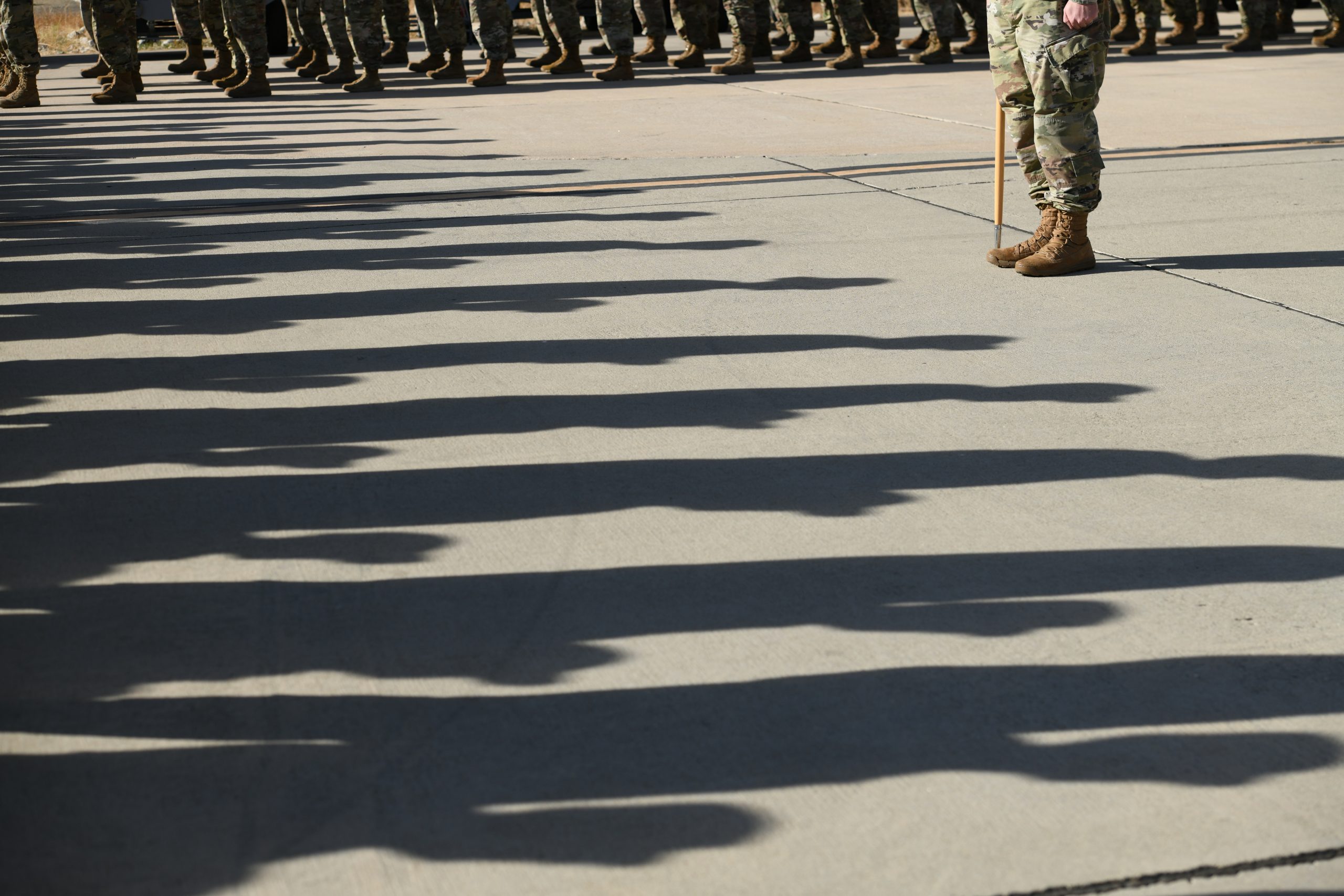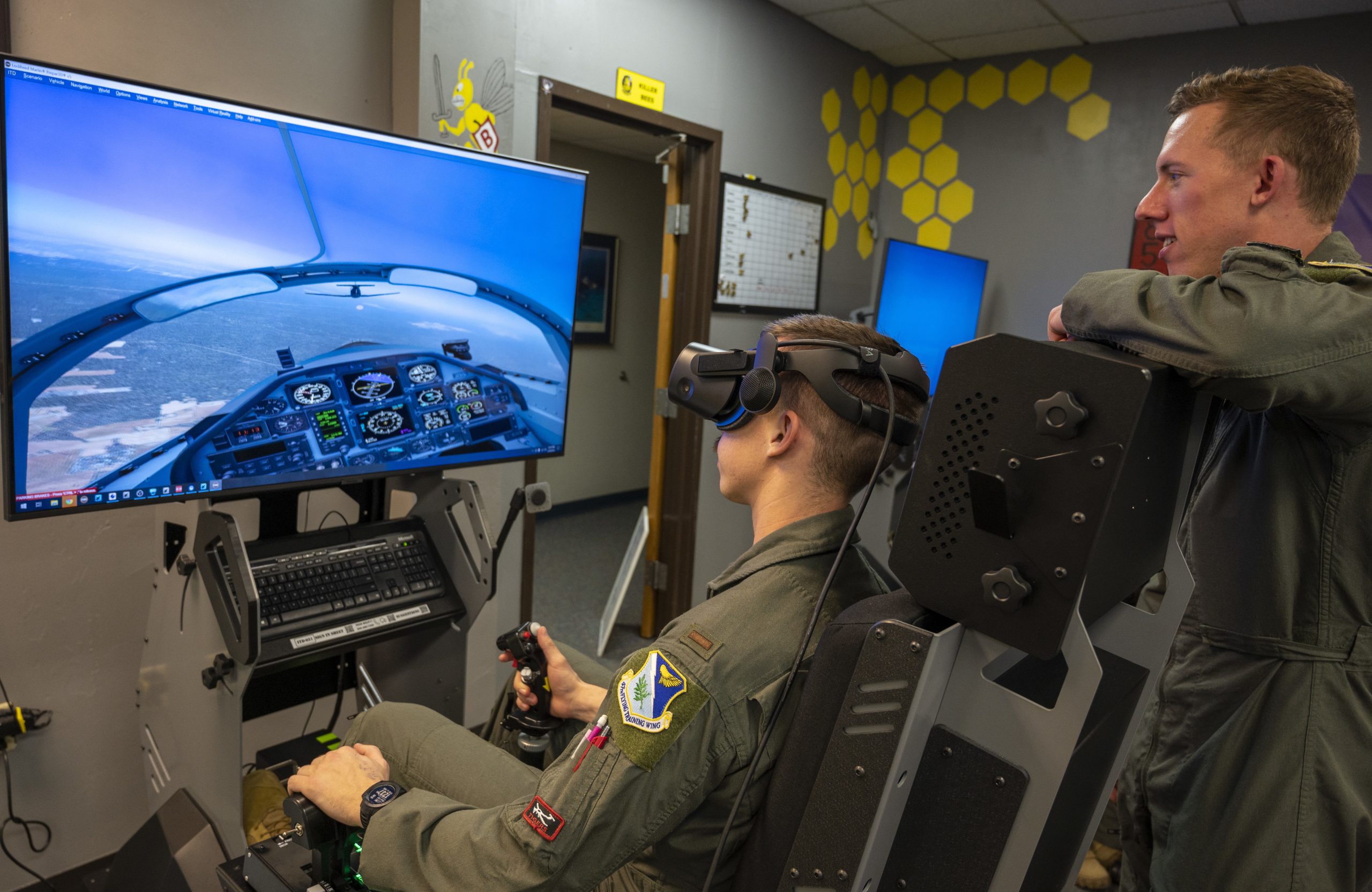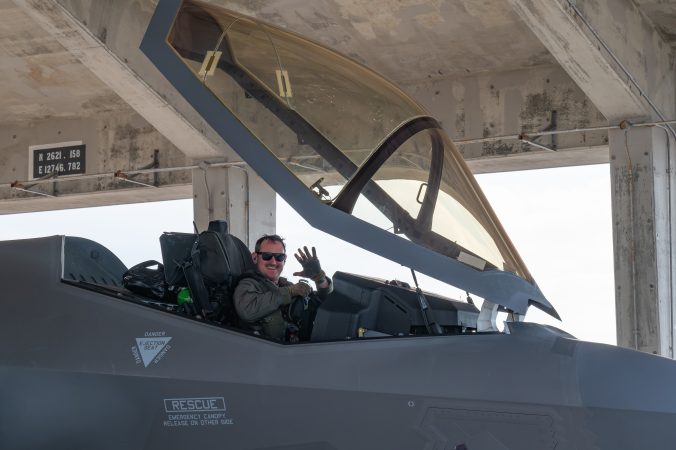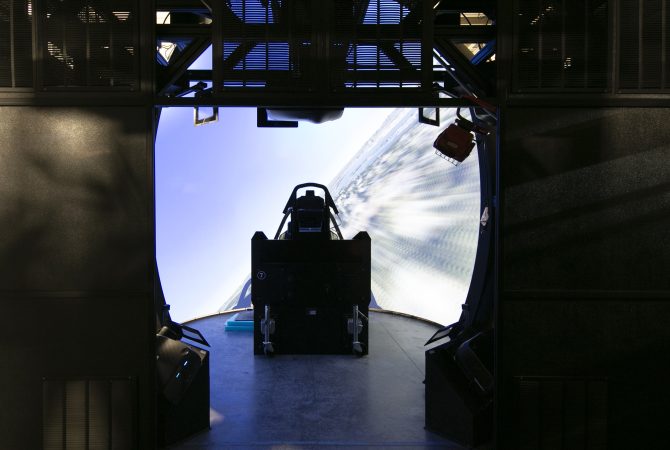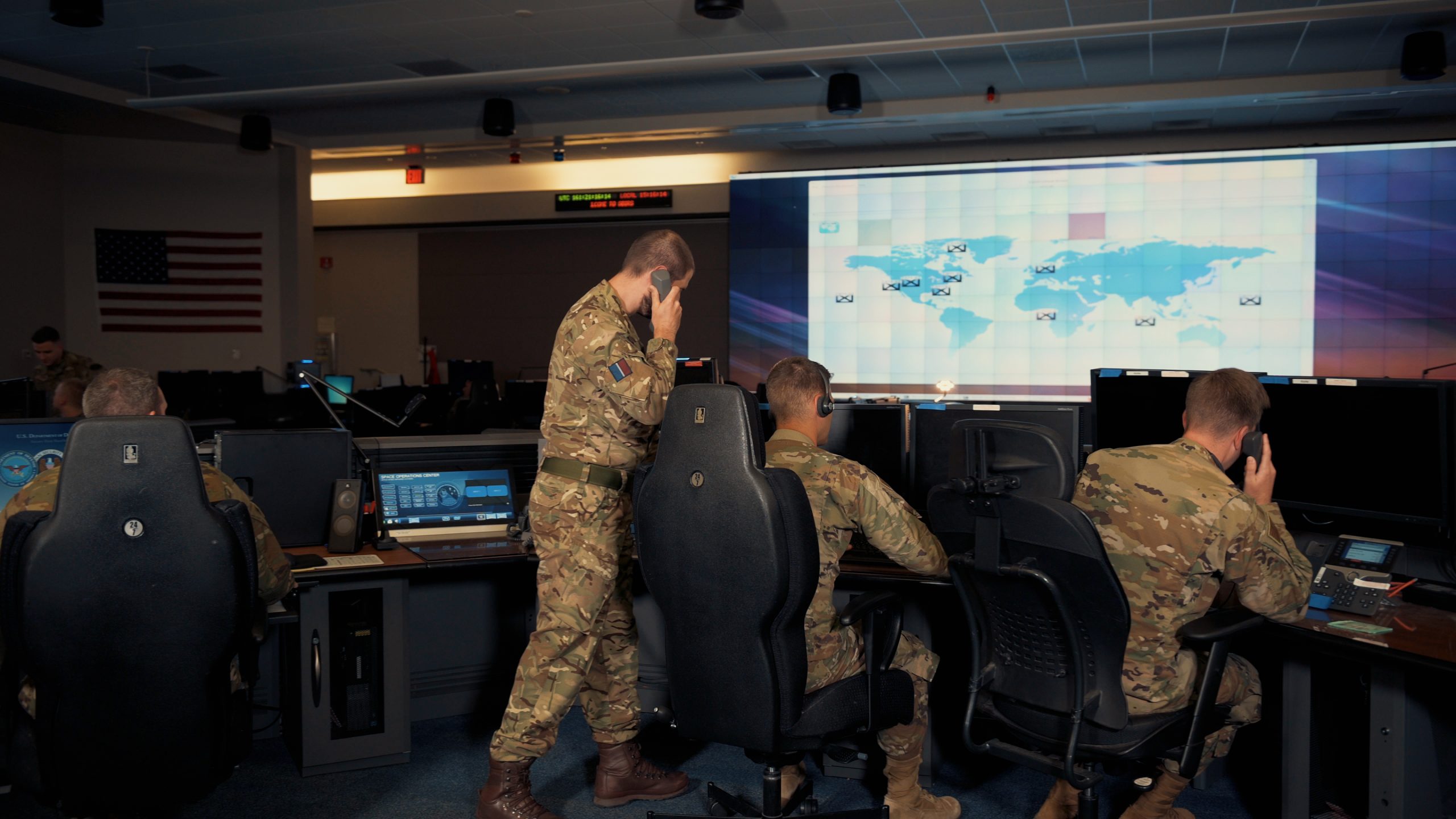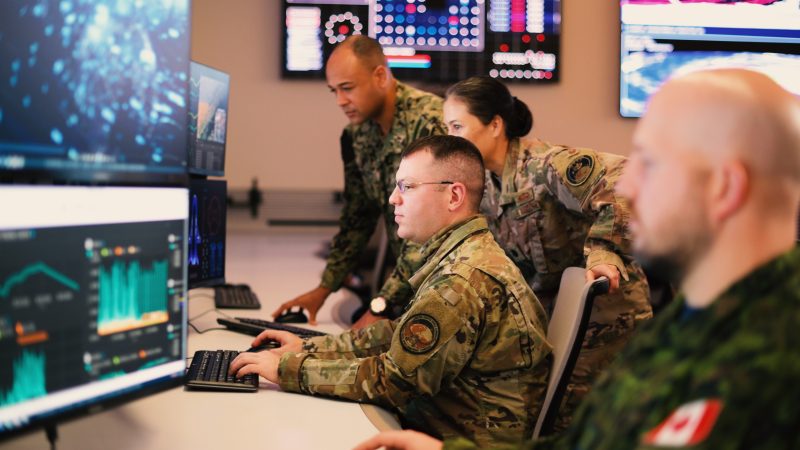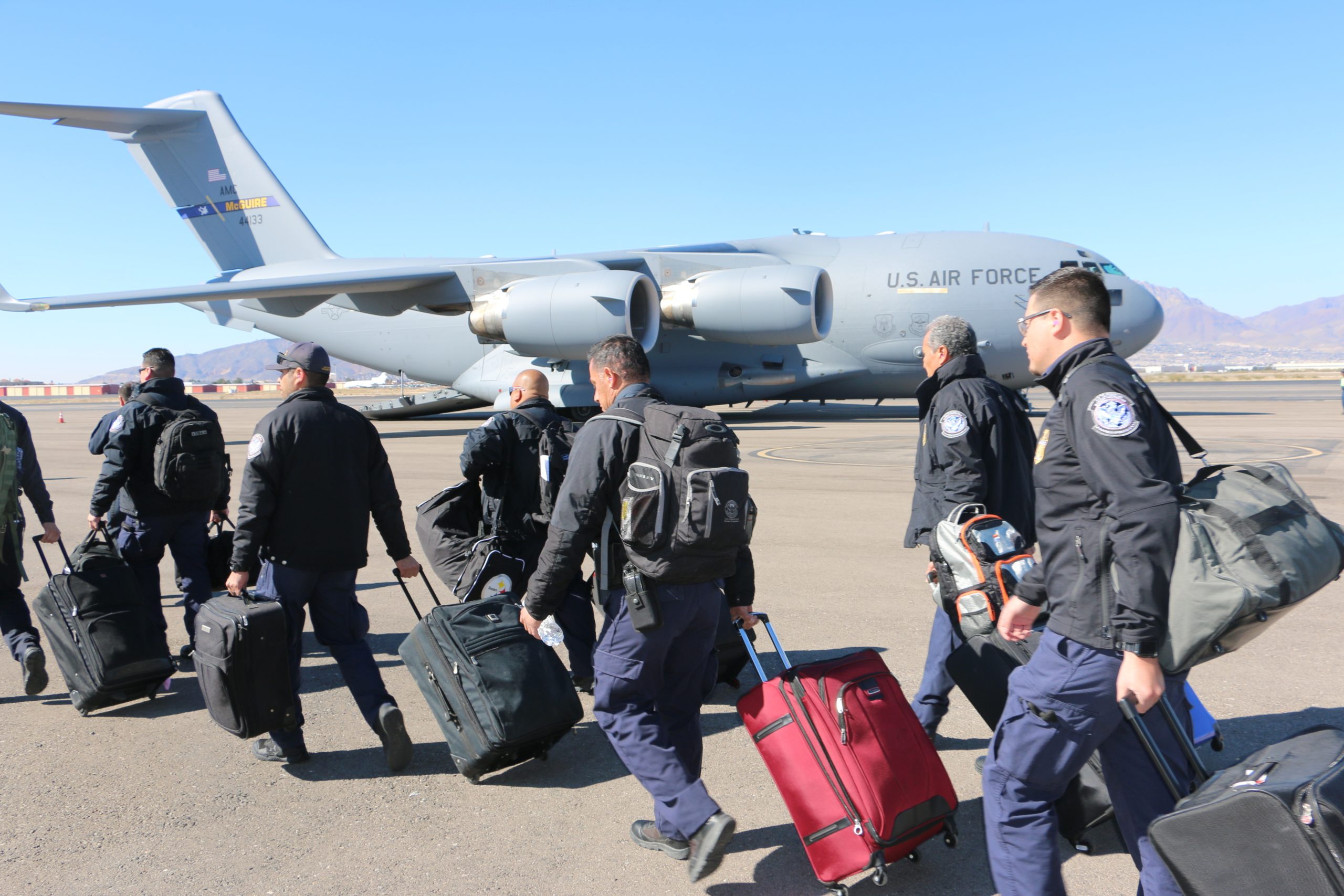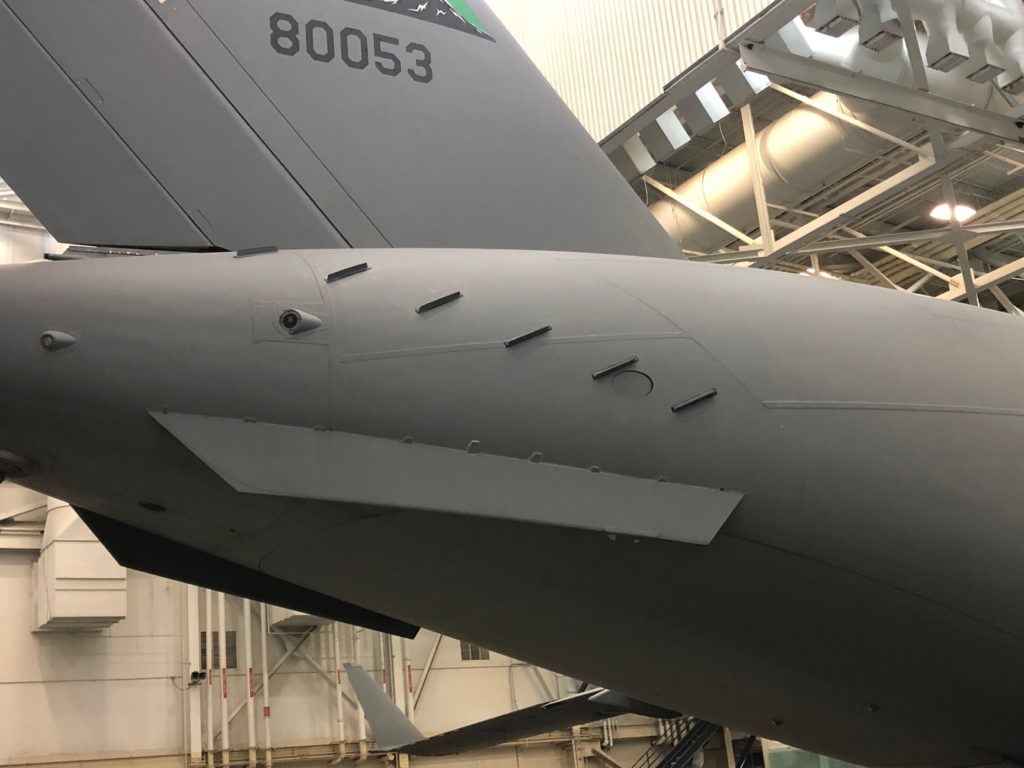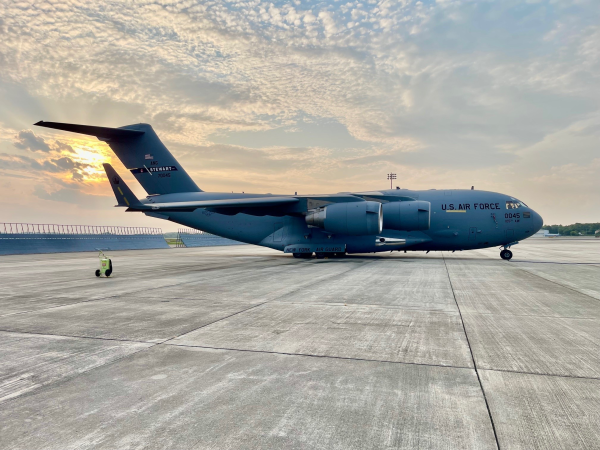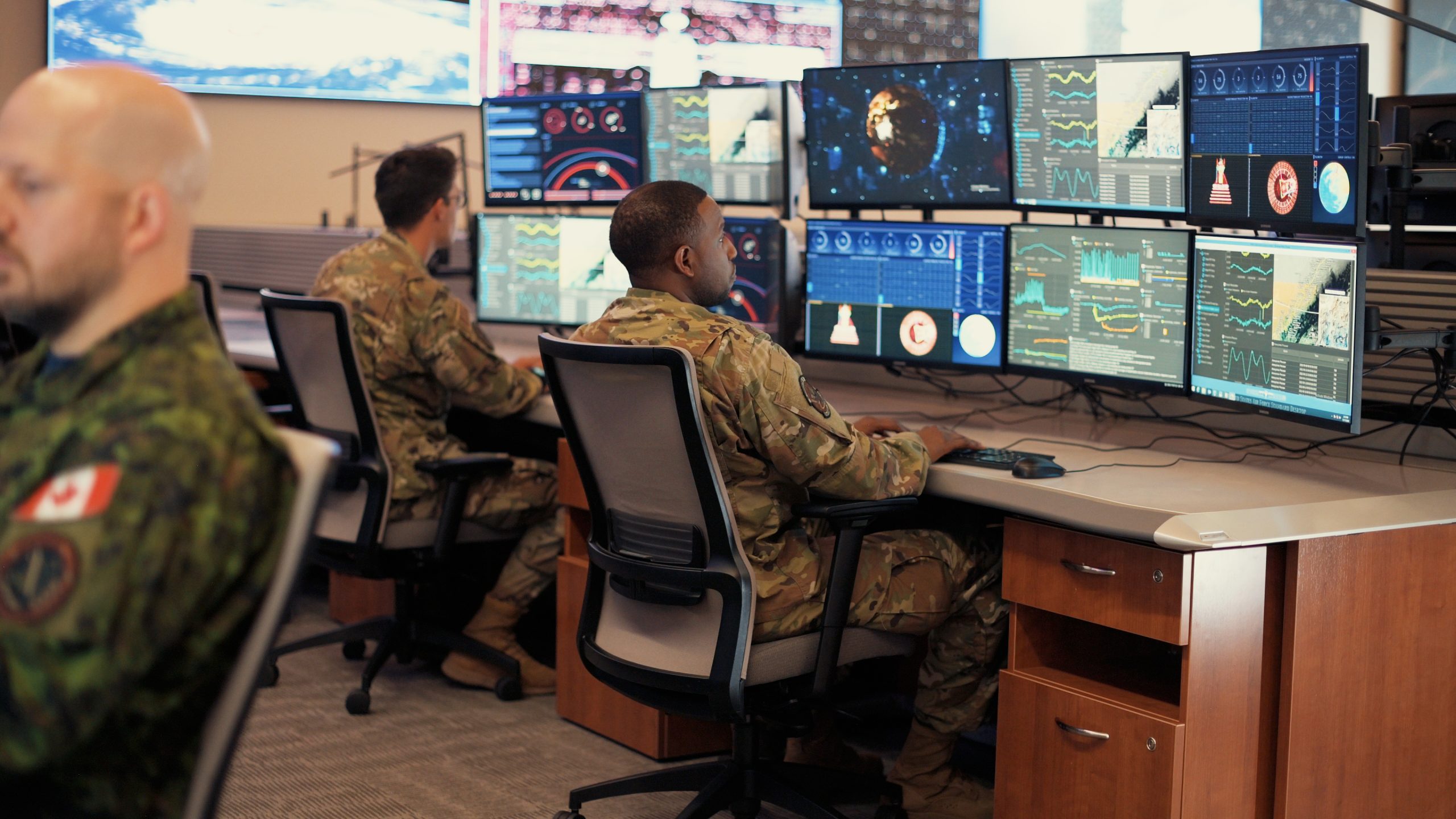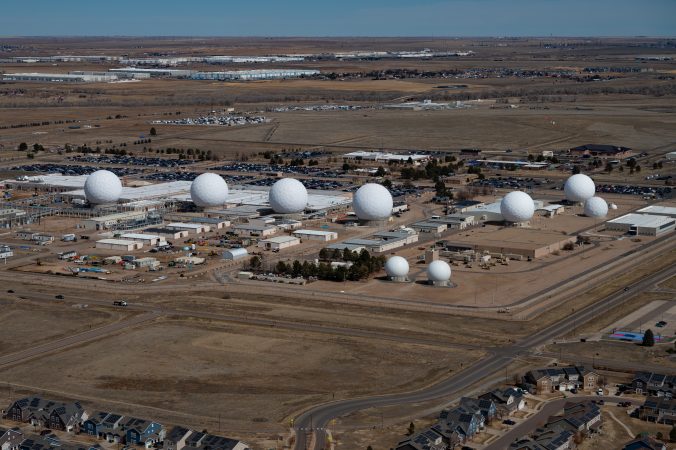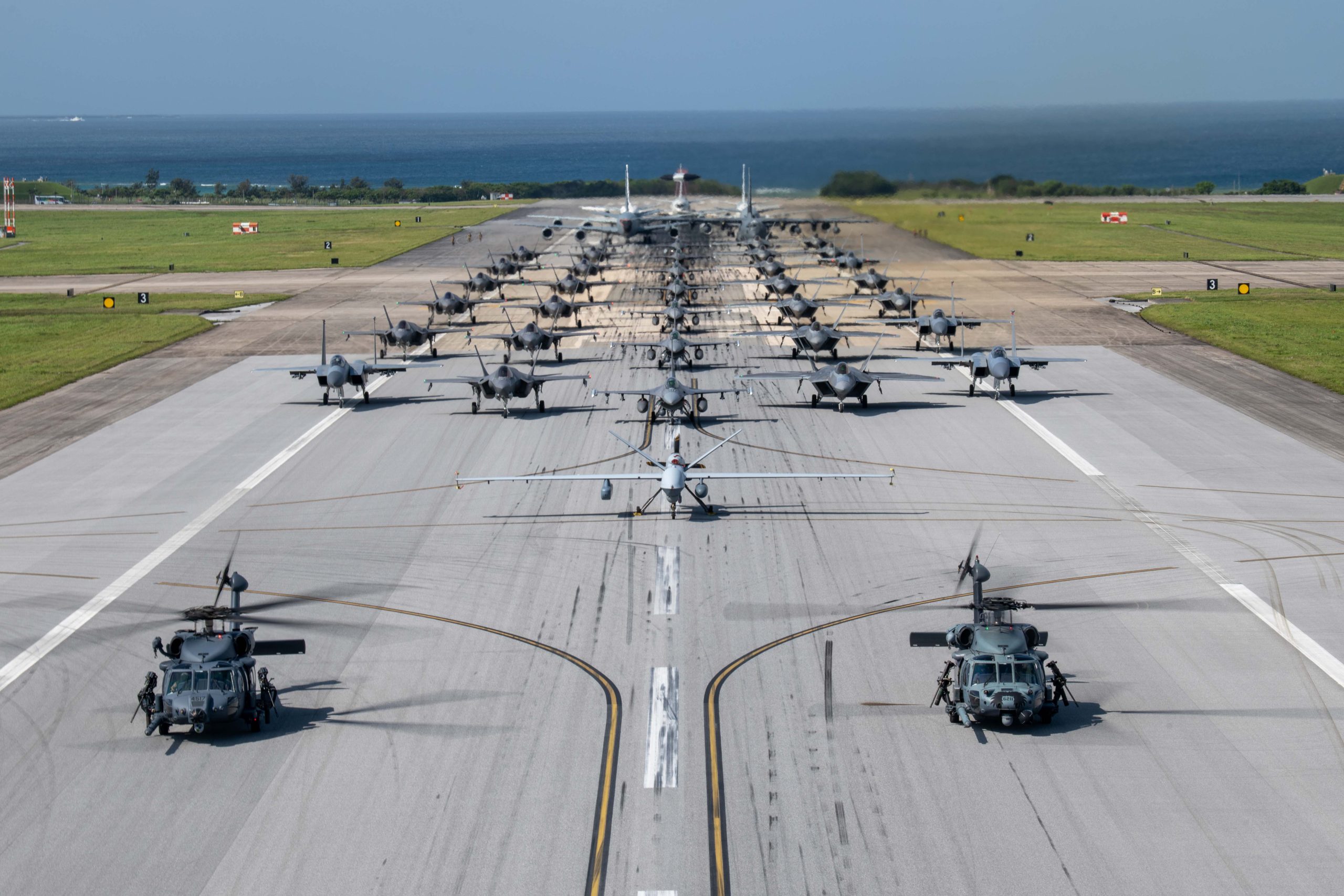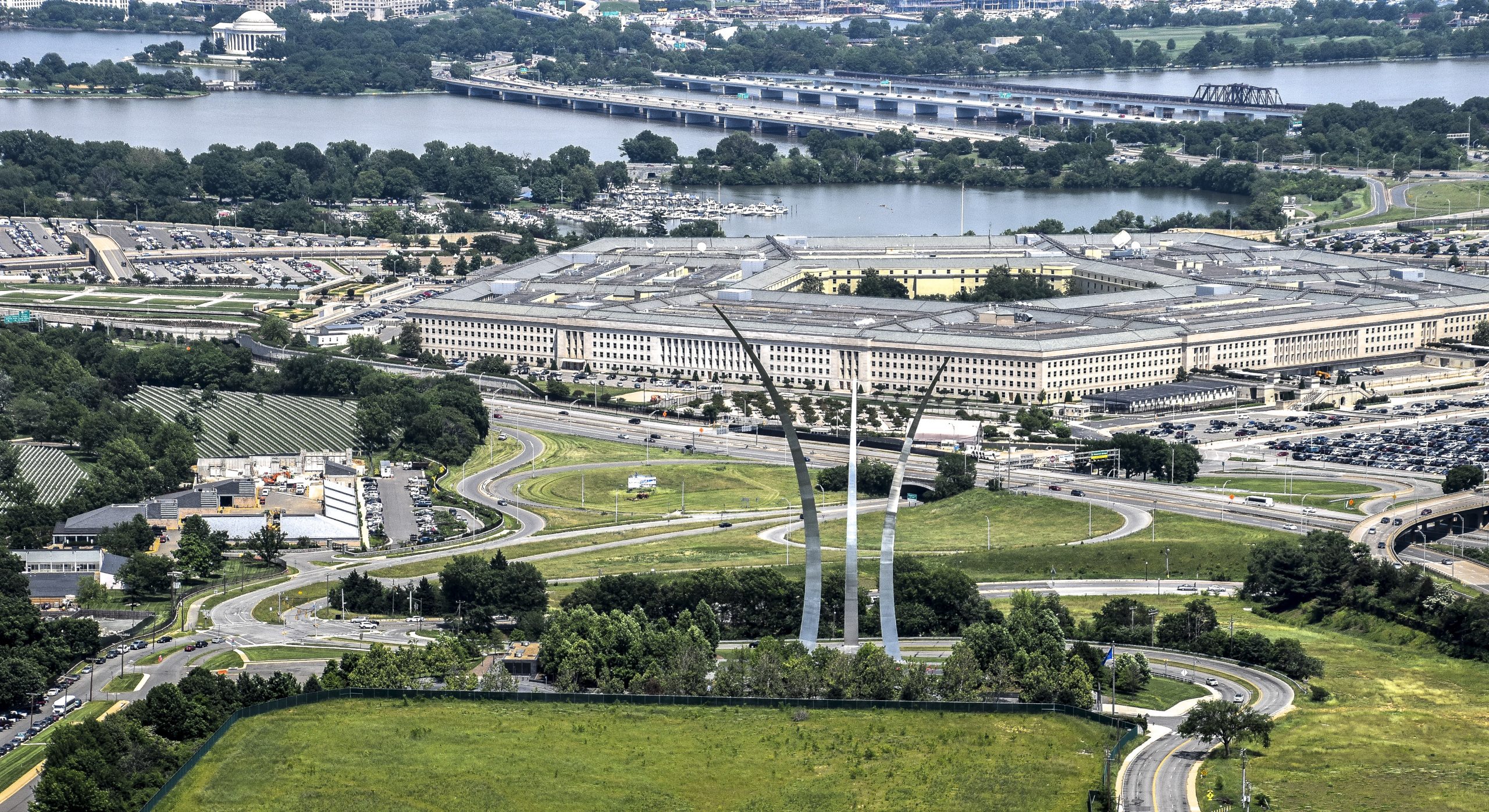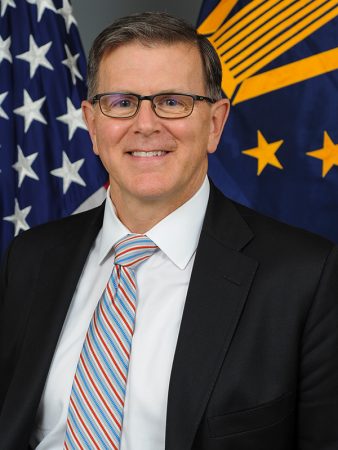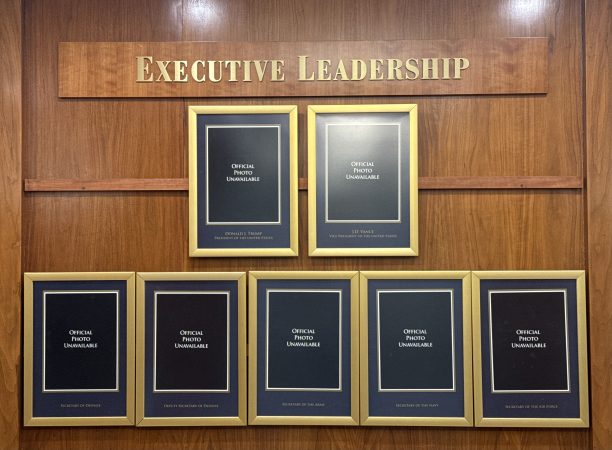The Air Force has started shutting down its diversity and inclusion offices and boards to comply with President Donald Trump’s sweeping order to root out DEI from federal agencies, but the process will not be completed overnight, an official told Air & Space Forces Magazine.
Trump ordered diversity, equality, inclusion, and accessibility (DEIA) offices shut down, and the Office of Personnel Management directed DEIA offices to cease all efforts by 5 p.m. Jan. 22, while placing DEIA office employees on paid administrative leave with the intent of ending their employment by the end of the month.
By noon Jan. 23, all agencies were supposed to report on “all steps taken to implement this memorandum.” While the Air Force did so, the official said, implementing the guidance remained an ongoing project with programs and outward facing communications still being identified.
Acting Secretary of the Air Force Gary A. Ashworth directed the “disestablishment of all Department of the Air Force Barrier Analysis Working Groups (DAFBAWGs) effective immediately” in a memo to Air Force leaders. The memo was circulated on social media and confirmed authentic to Air & Space Forces Magazine.
The Department of the Air Force Barrier Analysis Working Group included teams of volunteers whose role was to analyze policies and identify “potential barriers to equal opportunity.” Among their causes: expanding shaving waivers for Black Airmen suffering from razor bumps caused by ingrown hairs, and championing body armor purpose-built for female Airmen.
Social media pages for the Barrier Analysis Working Group teams were down, as were webpages and official releases for the Air Force’s Diversity and Inclusion Office, Air Combat Command’s Organizational Culture Office, Air Force Materiel Command’s DEIA program, and the Air Force Academy’s diversity and inclusion minor.
Across the Department of Defense, the website for the Secretary of Defense’s Office for Diversity, Equity, and Inclusion had likewise been purged, along with the website for the Defense Equal Opportunity Management Institute.
Officials from the Pentagon, Department of the Air Force, and more than half a dozen USAF organizations all provided the same response to queries from Air & Space Forces Magazine: “The Department of Defense will fully execute and implement all directives outlined in the executive orders issued by the President, ensuring that they are carried out with utmost professionalism, efficiency, and in alignment with national security objectives.”
The actions come less than two years after the Department of the Air Force issued a 17-page “Diversity, Equity, Inclusion, and Accessibility (DEIA) Strategic Plan” in 2023. “The DAF’s diversity and inclusion efforts are informed by science, business best practices, congressional mandates, data focused policy reviews and assessments, and the lived experiences of Airmen and Guardians working together every day,” the document read.
Rolling back every DEIA program and position is a massive undertaking. Air Force policies related to diversity date back to 2012, when the service released AFI 36-7001, mandating diversity training and outreach. Those regulations did not go away during Trump’s first term in office; in 2019, when he was president, the Air Force updated and expanded that AFI to define new roles and specific requirements, including:
- A larger “Air Force Executive Diversity & Inclusion Council” with deputy chiefs of staff and major command representatives;
- A new Chief of Air Force Diversity & Inclusion;
- Directives that major commands “implement programs and practices that explicitly support diversity and inclusion across the organization,” including consideration for designating chief diversity and inclusion officers to advise to senior leadership;
- New training programs in Basic Military Training, professional military education, and in onboarding programs for new commanders and general officers.
The Department of the Air Force stood up its Office of Diversity and Inclusion in 2021, nine days before President Biden took office. Many major commands followed, appointing diversity and inclusion officers and executive councils. But the fiscal 2024 National Defense Authorization Act blocked the establishment of any new officer positions and froze hiring for any vacancies.
Eliminating DEI programs could generate financial savings. The Biden administration’s 2025 budget request included $162 million for “dedicated DEIA activities … across the Military Departments, the OSD Office for Diversity, Equity, and Inclusion, and the Defense Equal Opportunity Management Institute.”
Implications for Air Force programs, such as recruiting, remain unclear. USAF recruiters have worked to reach underrepresented groups lacking a direct connection to the military community. Programs such as the Aim High Flight Academy, launched in 2021, and AFRS Detachment 1, started in 2018, were designed to expand the pool of potential pilots by attracting more women and minorities to a field long dominated by White men.
Retired Maj. Gen. Ed Thomas Jr., the former head of the Air Force Recruiting Service, said exposing a wider audience to all the Air Force has to offer made sense. “We have to attract Americans from all walks of life, but when we select them, it’s based on their merit,” he told Air & Space Forces Magazine. “At the end of the day, we’re a system based on merit, and our lives and the security of the nation depends on us being an organization based on merit.”
Thomas said recruiters will still seek candidates wherever they can find them because doing so keeps the talent pool as wide as possible at a time of fierce competition for talent. “I believe it will be tremendously necessary—again, with the big caveat that we attract all, but we select the best,” he said.
Training courses directed by AFI 36-7001 may take time to be replaced in set curriculum. In Air Force Basic Training, for example, AFI 36-7001 established three hours of diversity training as the “optimal instruction time” over seven and a half weeks. How that time is being spent now is not yet clear, nor is the one hour of training included in the Air War College program for DEI programming.
Air Education and Training Command, which is responsible for tracking and reporting on those courses, did not say if that training has been revoked. The 37th Training Wing, which oversees Air Force Basic Training, and Air University, which oversees Air War College and other professional military education programs, both responded with the same statement provided by other Air Force institutions.
Also unclear is the future of the Air Force’s Equal Opportunity program, which predates DEI programs, or the Inspector General’s office, which sometimes investigates complaints about discrimination. DEI is not synonymous with EEO, although some overlap between the two is inevitable.
Retired Col. Don Christensen, a former chief prosecutor for the Air Force, expressed concern about potential effects on the equal opportunity program. “We know that discrimination exists, we know harassment exists, and we know it from surveys, we know it from the results of investigations,” Christensen said. “We have to be aware that there can be disparate treatment based on race … and if we take our eye off of that, then we run the risk that it’s going to run rampant and there’ll be basically no one to look at it.”
The executive orders and memos on DEI emphasize an intent to focus on merit-based opportunity, but they do not address individual cases of discrimination. DEI programs sometimes sought to identify systemic discrimination, which is distinct from individual cases.
